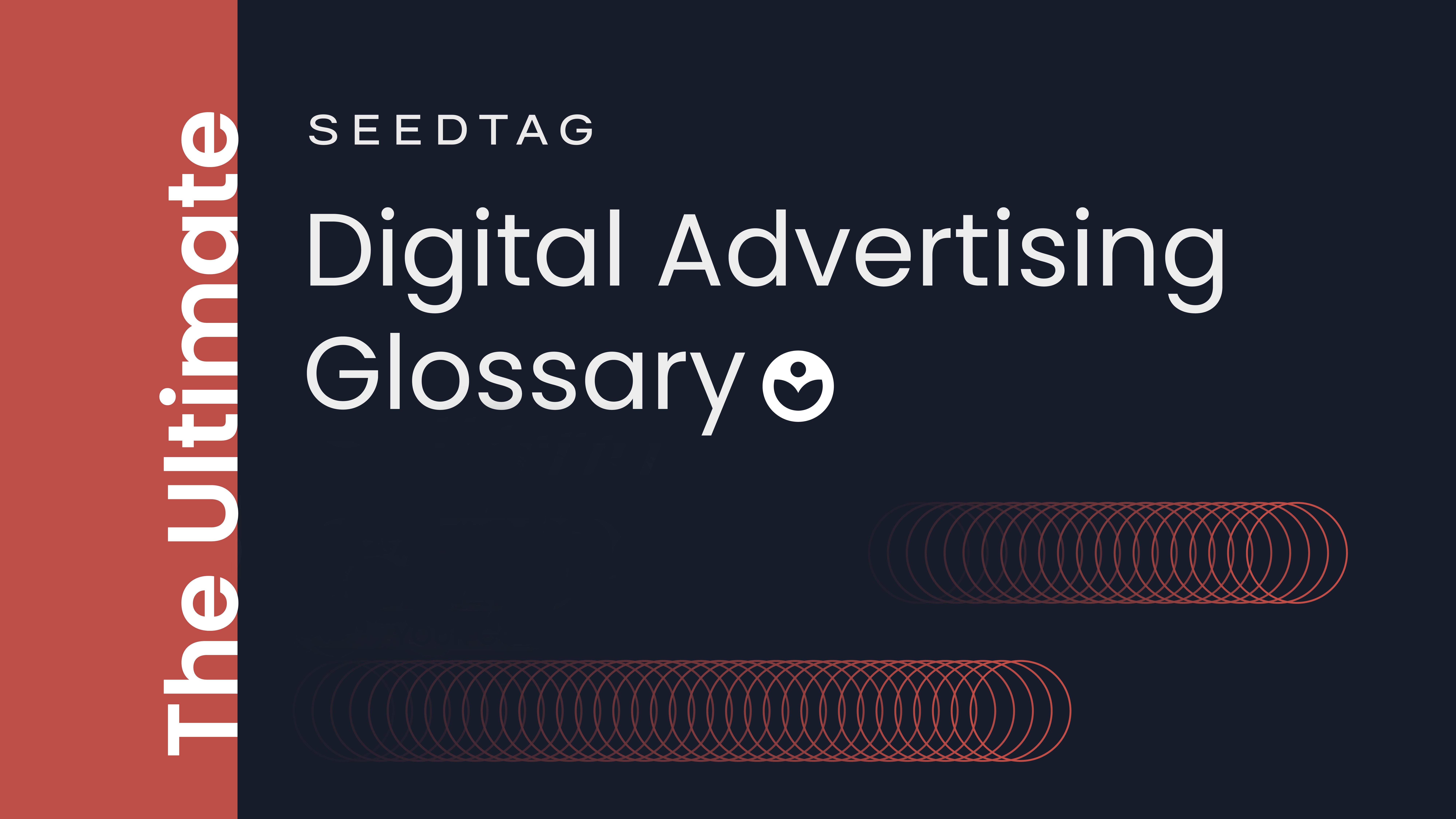Interested to find out more about how our contextual advertising can help you boost your brand?
For Advertisers For PublishersGet the latest news about Contextual Advertising right into your inbox!
Digital advertising is the gamechanger and the foundation of the new era of modern advertising. Simply put, it is this form of advertising that leverages online/digital channels for marketing like websites, social media platforms, mobile applications, and search engines. Much like the 21st-century internet slang and texting acronym trends that quickly bring us to a Google tab to stay in the current, the digital advertising universe has its own set of terminologies and concepts too.
Fret not! You don’t need to Google this list. We’ve put together a Digital Advertising Glossary to keep things simple and more importantly, all in one place.
Ready? Let’s fill you in on the latest in the digital advertising space.
To begin with, behavioral, contextual, and pre-bid – what are these targeting types?
Behavioral targeting - This ad targeting technique tracks third-party cookies and leverages a user’s browsing history to determine ad placement. Ads are rendered based on the information gathered from a user’s browsing patterns.
Contextual targeting - It is an automated advertising process that leverages the power of Artificial Intelligence (AI) and Machine Learning (ML) to deliver ads on relevant websites that target relevant audiences without the use of cookies. By analyzing written and visual content, and the context of web pages, contextual targeting offers a privacy-first advertising solution that rates high on brand safety and suitability.
Pre-bid targeting - This targeting type is entirely controlled by the bidder as they have full control over the viewability of ads. The bidder controls the ad campaign to enhance the quality of ad placements to increase views, engagement rates, and ensure judicious handling of ad budgets.
Now, let’s cover some basic aspects of ad campaigns.
What is a bid?
Usually placed on keywords, a bid is the maximum amount of money an advertiser is willing to pay for an ad. It is a fully automated process, keywords are auctioned and the auctioneer with the highest bid gets to use the keyword for their ad.
What are conversions?
Each ad has a Call-To-Action (CTA) which is the action the advertiser wants the visitors to take. A conversion occurs when a visitor acts positively to a CTA like making a purchase, downloading, or subscribing to a service.
So, how do advertisers gauge positive responses to CTAs?
Impression – Ad impressions convey how many times an ad has been viewed. It is a primary metric that gives a high-level understanding of an ad campaign’s performance.
CTR – Click-through rate (CTR) is the ratio of the number of clicks on an ad to the total number of views. This metric helps advertisers determine the engagement rate and effectiveness of a campaign.
CPC – Cost-per-click (CPC) is the cost paid by the advertiser to the publisher every time a visitor clicks on an ad.
Today, the advertising world is talking about the phasing-out of third-party cookies and advertising in a cookieless world. But, what is a cookie, and what are the different types of data?
A cookie is a small piece of data generated while a user browses through a website. It helps advertisers to profile website visitors and render ads effectively, using the data collected by the cookie, like user preferences and personal settings.
Third-party data - It is personal data aggregated by a third-party data provider on data management platforms (DMPs), without any direct relationship with the consumer. This data is then sold to advertisers.
First-party data - This is information like interests and preferences provided by prospects and consumers when they are browsing a brand’s app, website, or social channel.
Zero-party data - Information that is directly provided by consumers and prospects like purchase intent, preferences, and personal context.
AI and ML tech - Artificial Intelligence (AI) and Machine Learning (ML) are two key technologies that have been and continue to shape the world of contextual advertising. AI and ML help in performing a human-like analysis of content and context and deliver deeper, more accurate insights, at speed.
AI platforms - It is the entire framework of tools that assist the ML lifecycle for digital advertising by fast-tracking processes, providing accurate analysis of data, and delivering critical marketing insights.
These are just a few concepts. The list, however, is fairly exhaustive. But, we’ve got you covered.
Our latest eBook – The Ultimate Digital Advertising Glossary covers all things digital advertising and gives you a comprehensive understanding of the advertising space. From digital advertising concepts to lesser-known ad tech terminologies, commonly used video ad words, abbreviations, and more, our eBook gives you all the insights you need to bring you up to speed.
Here’s your go-to guide for all things digital advertising -
eBook - The Ultimate Digital Advertising Glossary
Download Now







.jpg)